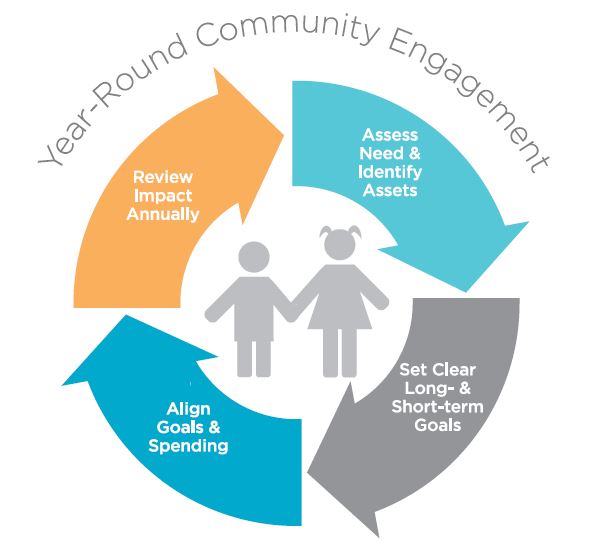LCAP Advisory Services
Tuolumne County superintendent of schools
LCAP
Goal 1: Provide social emotional support and timely interventions to all students in order to develop mental health, communication, and conflict resolution skills, and strengthen student resiliency. Provide training to all staff in tiered interventions, including Positive Behavior Intervention Support, inclusion, restorative practices and trauma informed practices.
Goal 2: Provide professional development to increase parent and community partner involvement, and maintain a safe and welcoming school climate in order to improve student attendance and student engagement.
Goal 3: Provide engaging, standards-aligned curriculum, instruction, and access to technology to improve academic achievement; develop college and workforce readiness skills, and increase opportunities for students to enroll in CTE, A-G, dual enrollment, and credit recovery courses.
Goal 4: Provide increased opportunities for parental involvement and regular communication between parents, staff, districts of residence, and partner agencies, including probation, behavioral health, foster/homeless liaisons, social services, and the community college in order to support improved educational outcomes for all students.
Goal 5: Coordinate services for foster, homeless, and expelled youth enrolled in TCSOS programs and all LEAs in Tuolumne County to ensure delivery of quality educational services and supports, and successful transitions between educational placements.
Goal 6: Utilize equity multiplier funds to provide evidence-based practices to provide social-emotional support, mental health counseling, and engaging academic instruction to reduce suspension rates for socio-economically disadvantaged students and improve academic achievement for students enrolled in Gold Ridge Educational Center and Tuolumne Learning Center.
Local Control Funding Formula (LCFF) regulations require that school districts and county offices of education post their draft revised LCAP for a public comment period before the final adoption of the revised document. Members of the public may submit comments regarding the LCAP revisions by emailing the County Superintendent.
2025-2026 Local Control Accountability Plan for TCSOS
Board Approved, June 2024
Tuolumne County Districts
Approved LCAPs
- TCSOS APPROVED 2024-2025 LCAP – Belleview Elementary School
- TCSOS APPROVED 2024-2025 LCAP – Big Oak Flat Groveland Unified School District
- TCSOS APPROVED 2024-2025 LCAP – Columbia Union School District
- TCSOS APPROVED 2024-2025 LCAP – Curtis Creek School District
- TCSOS APPROVED 2024-2025 LCAP – Jamestown Elementary
- TCSOS APPROVED 2024-2025 LCAP – Sonora Elementary School
- TCSOS APPROVED 2024-2025 LCAP – Sonora Union High School District
- TCSOS APPROVED 2024-2025 LCAP – Soulsbyville Elementary School District
- TCSOS APPROVED 2024-2025 LCAP – Summerville Elementary School District
- TCSOS APPROVED 2024-2025 LCAP – Summerville Union High School District
- TCSOS APPROVED 2024-2025 LCAP – Connections Visual & Performing Arts Academy
- TCSOS APPROVED 2024-2025 LCAP – Gold Rush Charter School
- TCSOS APPROVED 2024-2025 LCAP – Twain Harte School District
